Pickling vegetables is a timeless culinary art that preserves the freshness and flavor of produce while adding a tangy, savory twist. Among the myriad of vegetables that lend themselves well to pickling, daikon radishes (also known as white radishes or mooli) stand out for their crisp texture and mild, slightly sweet taste. When pickled correctly, daikon radishes can transform into a delightful and refreshing side dish or condiment that complements a wide array of meals. This guide will delve into the intricacies of how to pickle daikon radishes to ensure they remain both delicious and crispy.
Understanding Daikon Radishes
Before diving into the pickling process, it’s essential to understand the unique qualities of daikon radishes. Native to East Asia, daikon radishes are characterized by their elongated, cylindrical shape, white or light green skin, and crisp, juicy flesh. They possess a mild, slightly sweet flavor that can range from subtle to slightly peppery depending on the variety and maturity. Daikon radishes are not only a nutritional powerhouse, rich in vitamins and minerals, but they also offer a delightful crunch that makes them ideal for pickling.
The Importance of Crispness in Pickled Daikon
Crispness is a defining characteristic of well-pickled daikon radishes. Maintaining this crunch involves careful selection, preparation, and pickling techniques. The goal is to preserve the cellular structure of the radish flesh, ensuring it doesn’t soften or become mushy during the pickling process. This requires attention to detail, from the initial selection of fresh, firm radishes to the use of appropriate pickling solutions and storage conditions.
Selecting the Perfect Daikon Radishes
-
Freshness and Firmness: Start with fresh, firm daikon radishes. Avoid those with soft spots, cracks, or discoloration. Fresh radishes will have a tight skin and feel heavy for their size.
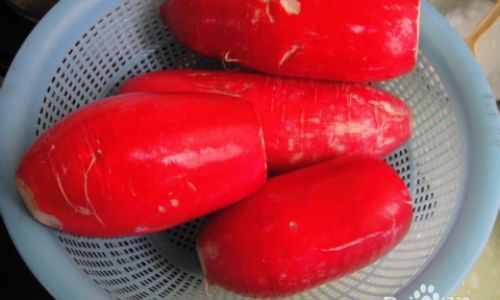
-
Size Matters: While larger radishes may yield more slices, they can sometimes be fibrous. Medium-sized radishes often offer the best balance of flavor and texture.
-
Variety: Different varieties of daikon radishes may have slightly different textures and flavors. Experiment with a few to find your preferred type.
Preparation Techniques
-
Cleaning: Thoroughly wash the daikon radishes under running water to remove any dirt or debris. Use a vegetable brush if necessary to scrub away any stubborn soil.
-
Peeling: Peel the radishes using a sharp knife or vegetable peeler. The skin can be tough and slightly bitter, so removing it enhances both texture and flavor.
-
Slicing: For pickling, you can slice the daikon radishes into rounds, matchsticks, or thin julienne strips. Thinner slices tend to pickle more quickly and evenly, while thicker cuts retain their crunch longer.
-
Salting: One traditional method to draw out excess moisture and firm up the radish slices is salting. Sprinkle a thin layer of salt over the sliced radishes and let them sit for about 30 minutes to an hour. Rinse off the salt and pat the slices dry with paper towels. This step is optional but can enhance crispness.
Pickling Solutions
The pickling solution, or brine, is crucial for flavor development and preservation. There are various brine recipes, each offering a unique flavor profile. Here are some popular options:
-
Vinegar-Based Brine:

- Ingredients: Distilled white vinegar, water, sugar, salt, and spices (such as mustard seeds, peppercorns, garlic, and bay leaves).
- Ratio: Typically, a 50/50 mix of vinegar and water is used, with sugar and salt added to taste. Adjust the sweetness and saltiness according to your preference.
- Method: Combine all ingredients in a saucepan and bring to a boil. Stir until the sugar and salt are fully dissolved. Let the brine cool to room temperature before using.
-
Rice Vinegar-Based Brine:
- Ingredients: Rice vinegar, water, mirin (rice wine), sugar, salt, and aromatics like ginger and chili flakes.
- Ratio: Use a slightly higher ratio of rice vinegar to water (about 60/40) to achieve a milder, sweeter brine. Add mirin for a richer flavor.
- Method: Follow the same process as with the vinegar-based brine, heating and stirring until the sugar and salt are dissolved.
-
Fermented Brine:
- Ingredients: Water, salt, and a starter culture (such as whey, sauerkraut juice, or a commercial fermentation starter).
- Ratio: Use a 2% salt solution (20 grams of salt per liter of water).
- Method: Dissolve the salt in water and let it cool. Add the starter culture. Place the sliced daikon radishes in a clean, fermentation-safe jar and pour the brine over them, ensuring they are fully submerged. Use a weight to keep the radishes down and cover the jar with a loose-fitting lid to allow gas exchange. Ferment at room temperature for 3-7 days, tasting daily until you reach the desired level of tanginess.
Pickling Process
-
Packing the Jars: Pack the prepared daikon radish slices tightly into clean, sterile jars. This helps to exclude air and promotes even pickling.
-
Pouring the Brine: Pour the cooled brine over the radishes, ensuring they are completely submerged. Leave about half an inch of headspace at the top of the jar to prevent overflow during storage.
-
Sealing: Use a tight-fitting lid to seal the jars. For fermented pickles, use an airlock or a loose-fitting lid to allow gas exchange.
-
Storage: Store the pickled daikon radishes in a cool, dark place. For vinegar-based pickles, this can be a pantry or cupboard. For fermented pickles, a consistent temperature between 68-75°F (20-24°C) is ideal.
-
Waiting: Allow the pickles to sit for at least a week before tasting. The longer they sit, the more flavor they will develop. For fermented pickles, monitor daily for any signs of mold or off-flavors.
Enhancing Flavor and Texture
-
Spices and Herbs: Infuse your brine with a variety of spices and herbs to add complexity and depth to the pickles. Common additions include mustard seeds, peppercorns, garlic, bay leaves, dill, and cilantro.
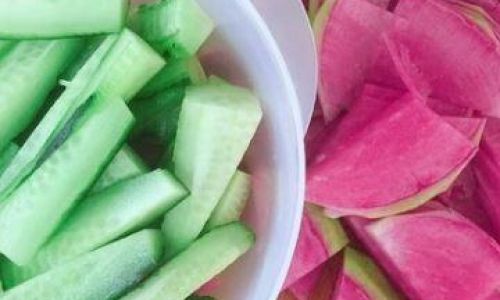
-
Hot Pickling: For a quick pickle with a bit of heat, add a few sliced jalapeños or red pepper flakes to the jar.
-
Sweet and Sour Variations: Experiment with different ratios of vinegar, sugar, and salt to create sweet and sour variations that suit your taste preferences.
-
Storage Tips: Once opened, store pickled daikon radishes in the refrigerator to slow further fermentation and preserve crispness.
Troubleshooting
-
Soft Pickles: If your pickles turn out soft, it may be due to over-processing, using old radishes, or not enough brine. Ensure fresh, firm radishes, use the correct brine ratio, and avoid over-handling the slices.
-
Cloudy Brine: Cloudiness is usually harmless and can be caused by natural yeast and bacteria present on the radishes. If it concerns you, strain the brine through a cheesecloth before using.
-
Mold: If you see mold on the surface of your fermented pickles, carefully scoop it off with a clean spoon. As long as the mold is only on the surface and the pickles themselves look and smell fine, they should be safe to eat. However, if there’s any doubt, discard them.
Conclusion
Pickling daikon radishes is a rewarding culinary endeavor that yields delicious, crispy treats perfect for a variety of dishes. By carefully selecting fresh, firm radishes, preparing them properly, and using the right pickling solution, you can create pickles that are not only a delight to eat but also a beautiful addition to your culinary repertoire. Experiment with different flavors and techniques to find the perfect pickle for your taste. Enjoy the process and the delicious results!


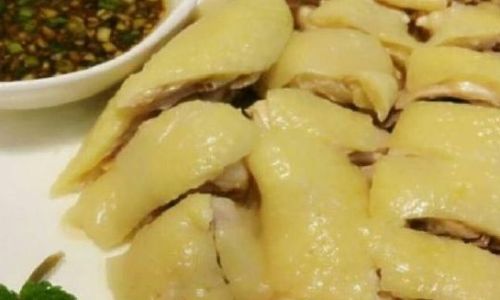

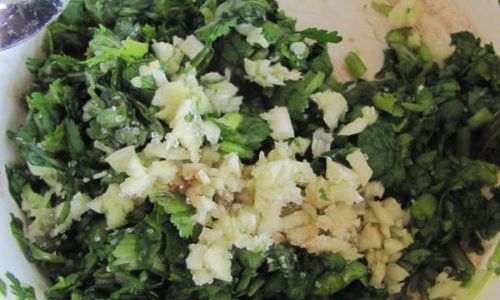
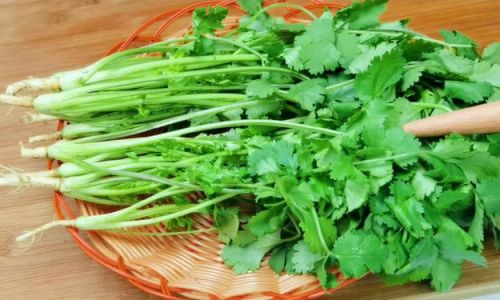
0 comments